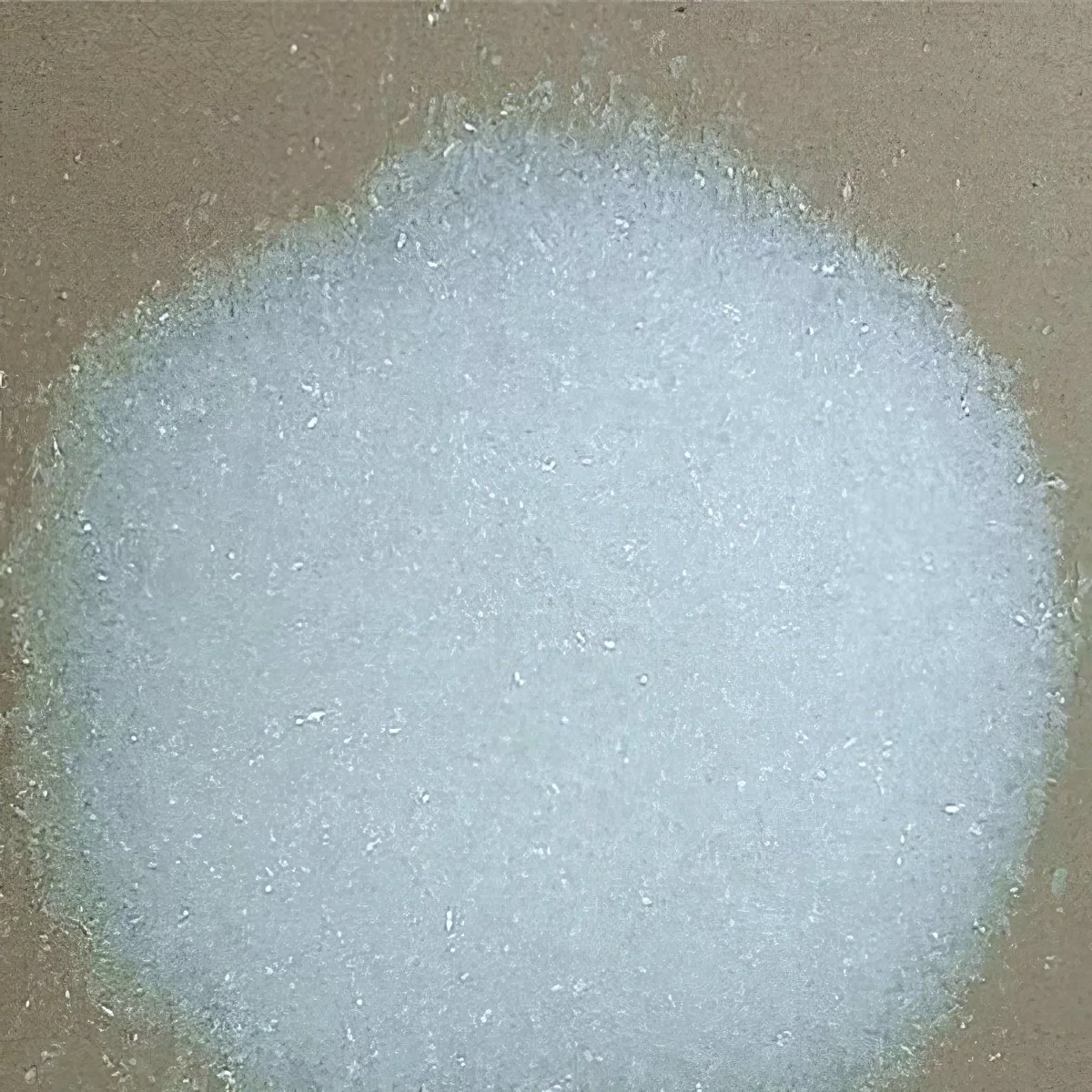



Understanding the Properties and Uses of Sodium Chlorite NaClO2 in Various Applications
Sodium Chlorite (NaClO2) An Overview
Sodium chlorite (NaClO2) is an inorganic compound known for its unique properties and versatile applications in various industries. It appears as a white to yellowish crystalline powder and is primarily used as a bleaching agent, disinfectant, and oxidizing agent. This article explores the composition, production methods, applications, safety concerns, and future potential of sodium chlorite.
Chemical Composition and Properties
Sodium chlorite is the sodium salt of chlorous acid (HClO2). It contains sodium ions (Na+) and chlorite ions (ClO2−). This compound is soluble in water, forming a clear solution, which is a crucial factor in its effectiveness for several applications. The chemical structure of sodium chlorite contributes to its oxidizing properties; it can easily donate oxygen to other substances, making it useful in various chemical reactions.
Manufacturing Process
Sodium chlorite is typically produced through the reduction of sodium chlorate (NaClO3) using sodium sulfite (Na2SO3) or other reductants. The process takes place in aqueous solutions under controlled conditions to ensure the desired purity and yield. After synthesis, the product is usually concentrated and crystallized. It is essential to adhere to strict quality control measures during production due to the potential hazards associated with the compound.
Applications of Sodium Chlorite
1. Water Treatment One of the most significant applications of sodium chlorite is in water treatment processes. It is used as a disinfectant due to its efficacy in eliminating bacteria, viruses, and other pathogens. Water treatment facilities often utilize sodium chlorite for disinfection, which helps ensure the safety and cleanliness of drinking water.
sodium chlorite naclo2

2. Bleaching Agent In the paper and textile industries, sodium chlorite serves as a non-chlorinated bleaching agent. Its use provides an environmentally friendly alternative to traditional chlorine-based bleaching chemicals. Sodium chlorite can effectively lighten colors and remove unwanted organic matter without producing toxic byproducts.
3. Food Industry Sodium chlorite is employed as a sanitizing agent in food processing. It is utilized to disinfect surfaces, equipment, and even certain food products. Its application helps extend shelf life and prevent the growth of harmful microorganisms.
4. Medical Applications In recent years, sodium chlorite has garnered attention for its potential medical uses. Some studies have investigated its applicability as a therapeutic agent; however, these uses are controversial and often met with skepticism by the scientific community. It is crucial to approach these claims with caution and rely on rigorous scientific evidence.
Safety Considerations
While sodium chlorite has many beneficial uses, it is not without risks. Exposure to concentrated forms can lead to irritation of the skin, eyes, and respiratory tract. It is also classified as a hazardous substance by various regulatory bodies. Therefore, proper safety protocols must be in place when handling sodium chlorite to prevent accidents and ensure worker safety.
Future Directions
As environmental concerns continue to rise, the demand for safer and more sustainable alternatives in industrial processes drives research into sodium chlorite’s applications. Ongoing studies are exploring its effectiveness in different domains, including agriculture and bioremediation, where it might be used to manage pests and microorganisms in an eco-friendly manner.
In conclusion, sodium chlorite (NaClO2) is a multifaceted compound with significant potential across various sectors. Its effectiveness as a disinfectant, bleaching agent, and possible therapeutic agent positions it as a valuable substance in many applications. However, it is essential to handle this compound with care and continue research to fully understand its capabilities and limitations. As industries seek more sustainable practices, sodium chlorite may play a key role in shaping the future of chemical processing and treatment methods.
-
Why Sodium Persulfate Is Everywhere NowNewsJul.07,2025
-
Why Polyacrylamide Is in High DemandNewsJul.07,2025
-
Understanding Paint Chemicals and Their ApplicationsNewsJul.07,2025
-
Smart Use Of Mining ChemicalsNewsJul.07,2025
-
Practical Uses of Potassium MonopersulfateNewsJul.07,2025
-
Agrochemicals In Real FarmingNewsJul.07,2025
-
Sodium Chlorite Hot UsesNewsJul.01,2025










